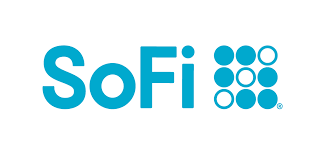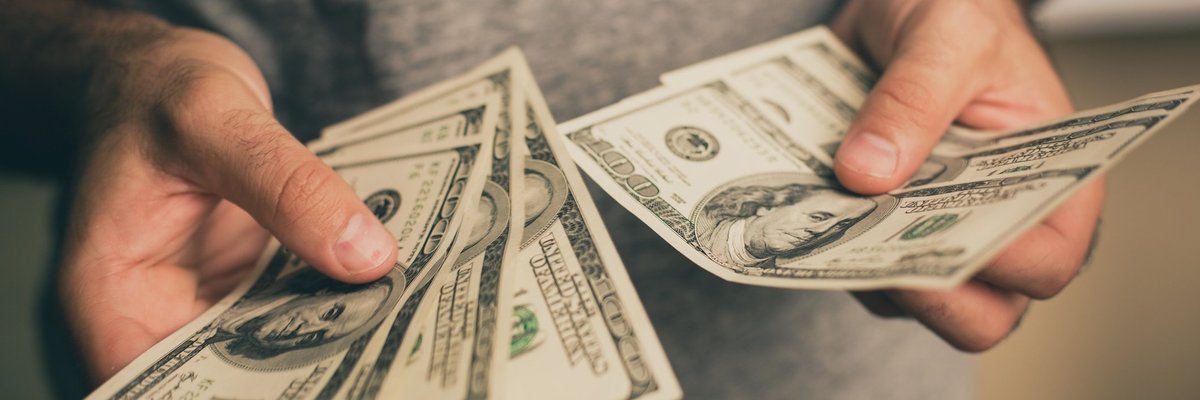The High Price of a Credit Card Advance
KEY POINTS
- A cash advance is borrowed against a credit card.
- The interest rate and fees for a cash advance can be costly.
A cash advance should only be considered as a last resort.
If you're ever in a financial pinch and need cash fast, you may wonder if it's possible to borrow money from one of your credit cards. The short answer is yes, and the process is called a cash advance.
Like someone you meet online, though, there are some things you should know about a cash advance. Here, we spell them out.
What is a cash advance?
No matter why you're considering a cash advance, it pays to understand what they are and how they work.
There's a limit
The amount you're allowed to take out through a cash advance is typically lower than your
overall credit limit. Let's say a credit card has a credit limit of $5,000. It's possible that the cash advance credit limit is $1,500. It's important to know the cash advance credit limit before borrowing the funds.
READ MORE: How to Increase Your Credit Limit
There are three ways to access the money
There are several ways to get a cash advance, including:
- From a bank by showing your card and ID to a teller
- From an ATM by using the PIN number associated with the account
- By using a convenience check provided by the credit card issuer
The APR will be higher
The APR you are charged for money taken through a cash advance is higher -- often much higher -- than the APR charged for standard purchases.
READ MORE: APR vs. Interest Rate: What's the Difference?
There is no grace period
When you make a standard purchase with a credit card, you usually have until the end of the billing cycle to pay it off and avoid paying interest. The same is not true of cash advances. The day you accept the funds is the day interest begins to accrue on the debt.
READ MORE: What Is a Credit Card Grace Period?
How much will it cost?
The average interest rate on credit cards as of this writing is 16.13%. While cash advance APRs vary by credit card issuer, they can easily be 5 to 10 percentage points higher than the standard purchase rate.
On top of the interest rate, issuers normally charge a cash advance fee from 3% to 5%, or $5 to $10, whichever is higher. And if you take the funds from an ATM, you may end up paying an ATM usage fee of around $4.50.
To put it all in perspective, let's take a look at how much more using a credit card for a cash advance can cost than using the same credit card for a standard purchase. In this example, we're assuming it takes one year to pay the card off in full.
| Transaction Type | Amount | Interest Rate | Cash Advance Fee | ATM Usage Fee | Total Borrowed | Monthly Payment |
Total Interest Paid |
|---|---|---|---|---|---|---|---|
| Standard Purchase | $1,000 | 16% | X | X | $1,000 | $91 | $89 |
| Cash Advance | $1,000 | 22% | $40 | $4 | $1,044 | $98 | $173 |
The larger the cash advance and the longer it takes to pay it off in full, the more expensive the transaction will be. In this scenario, paying it off in one year minimized the damage done by the higher interest rate.
Is a cash advance ever a good idea?
It's rarely a good idea to pay more in interest and fees than absolutely necessary, but there are times a cash advance may seem like the only option available. For example:
- You're in an emergency situation. Let's say you're driving through North Dakota and your transmission blows. You have no one to call for help and your credit is not high enough to take out a short-term loan. The only car repair shop in town does not accept credit cards. If you know you can pay the cash advance off quickly, it may make sense under the circumstances.
- It's midweek and your employer owes you a check by Friday. Again, knowing you can pay the advance off quickly will insulate you from the full weight of paying a higher interest rate. You'll still be out the fees and interest for the number of days you borrowed the money, but the loss won't be catastrophic.
As a rule, it's a good idea to avoid any loan that's going to cost you more from the moment you accept the funds. To avoid the need to take out a cash advance, make it a point to build an emergency savings account. Even if you can only put a few dollars at a time into the account, you know you're moving in the right direction.
Our Research Expert
We're firm believers in the Golden Rule, which is why editorial opinions are ours alone and have not been previously reviewed, approved, or endorsed by included advertisers. Motley Fool Money does not cover all offers on the market. Motley Fool Money is 100% owned and operated by The Motley Fool. Our knowledgeable team of personal finance editors and analysts are employed by The Motley Fool and held to the same set of publishing standards and editorial integrity while maintaining professional separation from the analysts and editors on other Motley Fool brands. Terms may apply to offers listed on this page.



